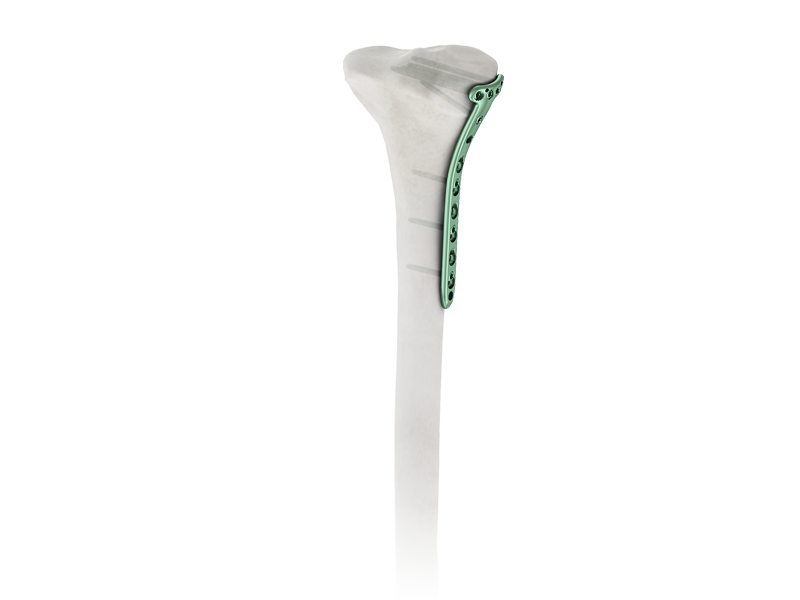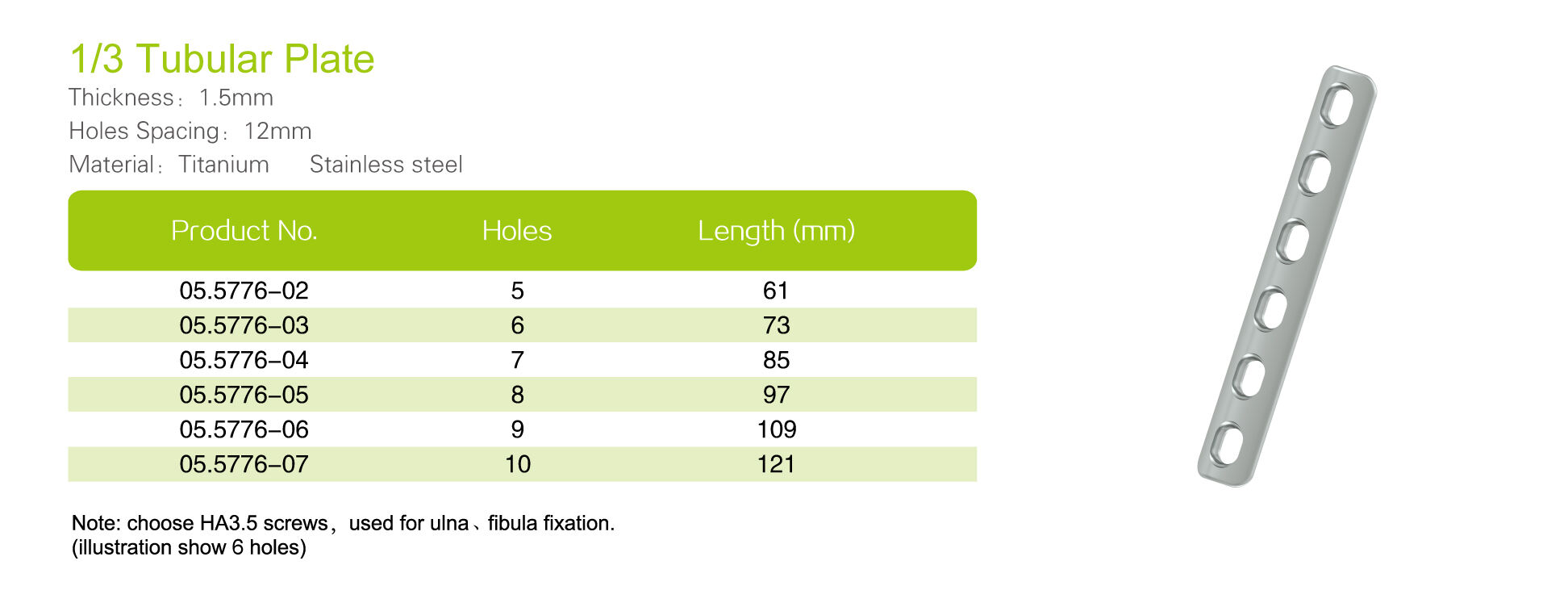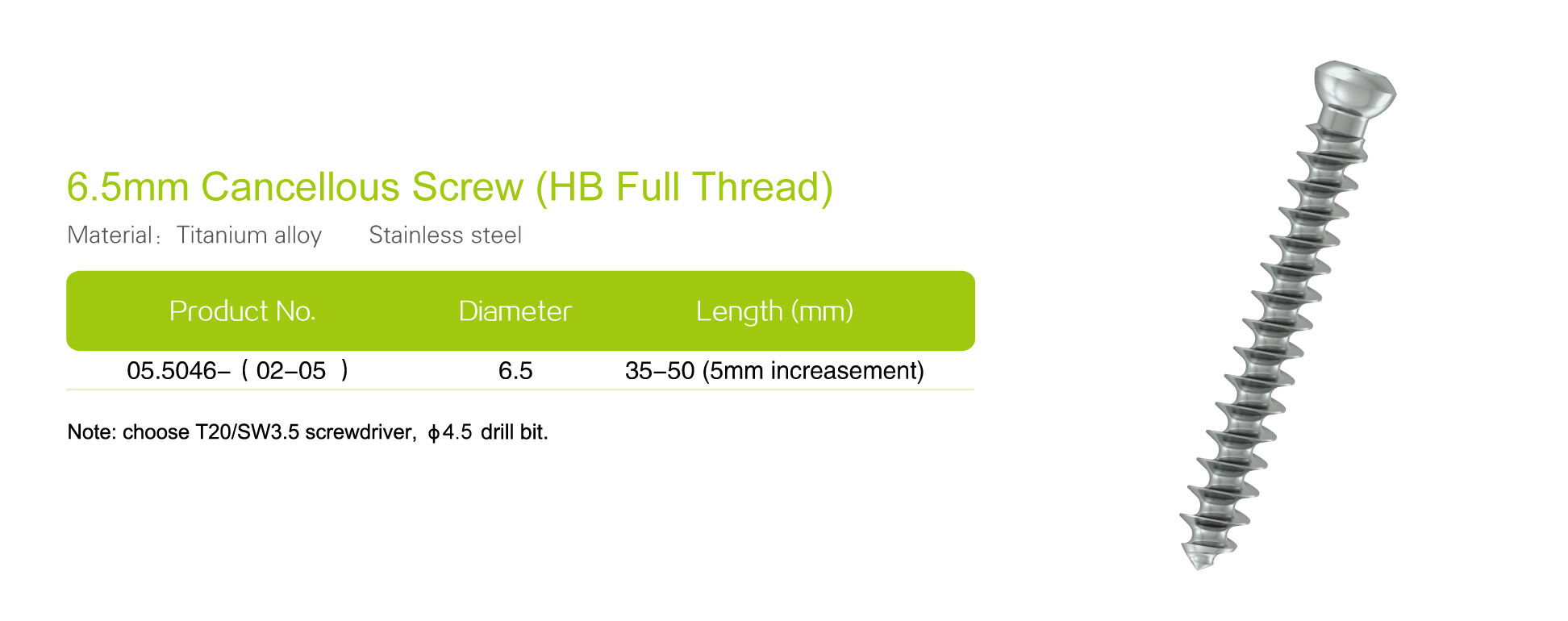external fixation for tibial fracture
External fixation for tibial fracture is a surgical technique used to stabilize and heal broken bones, particularly in the lower leg. The main functions of this procedure are to maintain the correct position of the bone, support the surrounding soft tissues, and allow for early mobility, which aids in the healing process. Technological features of external fixation devices include a modular design that can be customized to fit each patient's specific anatomical needs, along with high-grade stainless steel or titanium components that resist corrosion and provide durability. These devices consist of pins or screws that are inserted into the bone on either side of the fracture, connected to a external frame that holds everything in place. This method finds extensive application in complex fractures, open fractures, and cases where internal fixation is not feasible due to infection or other complications.



